The status quo of social media marketing has had its ups and downs over the years, but for the most part, it’s been pretty consistent. Across most modern platforms (like Facebook, Twitter, LinkedIn, etc.) companies can grab free “business” accounts, post as if they were an individual user, and leverage the social power of those posts to encourage more people to visit their website. For a small additional cost, businesses can purchase ads to increase the power of those posts even further.
A steady stream of emergent technologies and new trends has occasionally modified this flow—for example, older platforms like Facebook have been slowly throttling the “organic” reach of business posts while newer platforms like Snapchat have disrupted the idea of a social “post” altogether—but few developments have completely revolutionized the game.
Twitter, current underdog in the social media marketing world, might have the potential to spark that revolution. The platform is at a crossroads, and its recent developments could cause a major disruption in the scene.
Table of Contents
1. “Moments” Could Lead to Aggregated Social Content
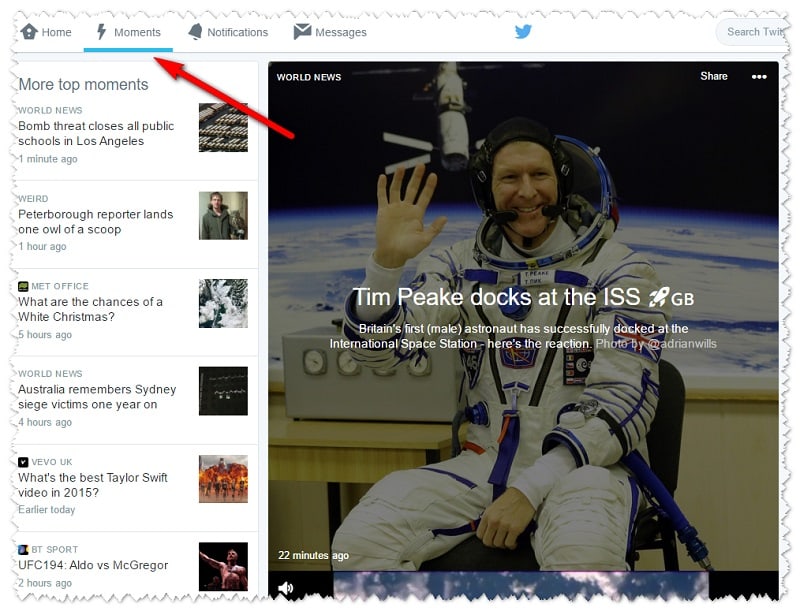
Serving as an additional button on the home row, “Moments” aggregates posts from millions of Twitter users about a certain event, news story, or unfolding incident, and collect them in a meaningful way for the average viewer.
It’s proven popularity could spark a revolution not only in social media, but also in journalism. Content could be aggregated from thousands of sources at once, resulting in a reliable, unbiased depiction of almost any public event.
2. Google Integration Could Lead to Blurrier Lines Between Platforms
Twitter’s partnership with Google has also been interesting. As part of a new deal, Twitter’s entire tweet stream was made available to the search engine giant.
On mobile devices (and on desktop devices), users who search for certain types of information find recent popular tweets embedded in their search results. This could be the start of a new revolution in social and communication integration—and one where rival Facebook is already making progress.
Facebook is working on a system that integrates virtually all chat and social applications into one aggregated chat platform—so a Skype user can chat with a Facebook user on separate platforms but within the same conversation. Other platforms could easily follow this trend and start developing solutions and concessions that marry multiple platforms together.
3. Periscope Integration Could Mean More Immediate Social Transmission
One of Twitter’s most covered moves was its acquisition and integration of Periscope, once a separate social application that allows users to live stream video to their followers at any time. With Periscope users viewing 40 years of video every day, it’s easy to see how users could grow to expect a more instantly transmitted first-person perspective from their friends and followers.
Should other platforms adopt similar features, the days of typing out status updates could be over and immediate experience could be the vast majority of all updates.
4. Advertising Failure Could Be a Wake-up Call for Social Platforms
Of course, Twitter’s future isn’t guaranteed to be positive. The company has struggled with generating sufficient revenue from advertising for years.
Investors have openly expressed their concerns over Twitter’s profitability since the company’s IPO, and recent data suggests it hasn’t done much to improve the appeal of its advertising side. Without operating revenue, all those fancy new integrations and gadgets would mean nothing for Twitter, and it could wind up suffering heavy losses even if it’s at the top of its game from a functionality perspective.
Such a dramatic transition could serve as a wakeup call to other social media platforms that have failed to monetize effectively (or procrastinated doing so)—such as Snapchat or Instagram.
5. The Death of Twitter Could Spell a Downsizing Revolution in Social Media
Finally, advertising revenue aside, it’s possible that Twitter’s new integrations simply won’t fare well with their target audience. Already, Twitter users are pulled in multiple different directions with multiple different, more popular apps—it’s reasonable to think that Twitter may still go the way of MySpace if things don’t turn around. Such a surprising change could spark a wave of user rejections (and company concessions) that lead to a “downsizing” phenomenon in social media. Today there are hundreds of platforms available, covering hundreds of niches and offering overlap in functionality at every corner. Eventually, all the superfluous platforms could fizzle out (with Twitter being the first major player to suffer that fate), and users could instead focus only on the few, most popular candidates.
Admittedly, these possibilities are speculative, and some of them are direct contradictions of each other, preventing them from all unfolding simultaneously. But they’re important considerations because Twitter could realistically go in a number of different directions, from becoming a new hit through a second user revolution to fizzling out and becoming a cautionary tale. Twitter’s next moves will be especially significant for the social media world at large, so if you’re invested in a social strategy or if you just love social media, stay tuned.
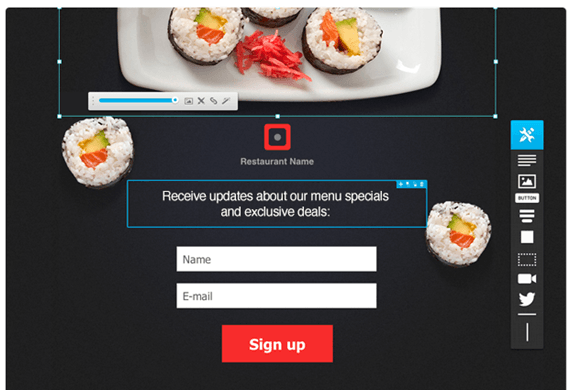

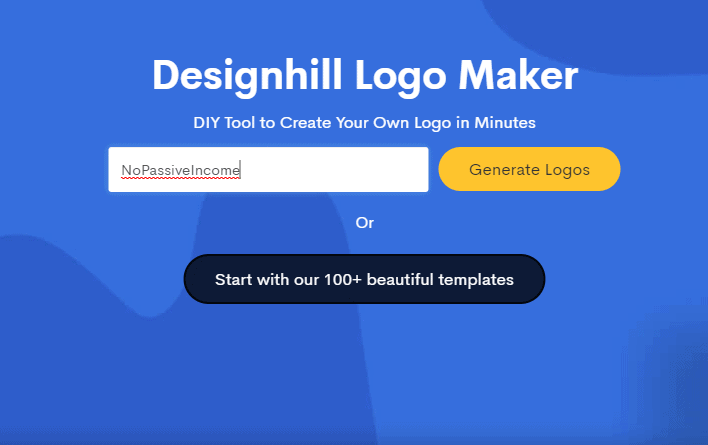

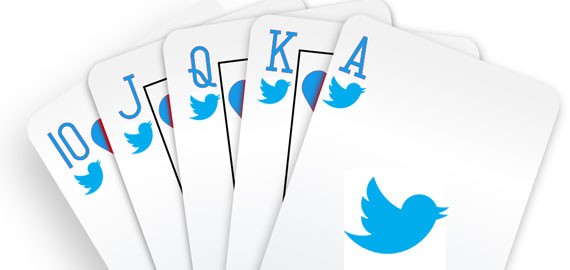



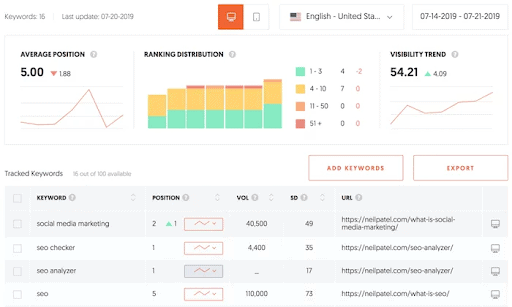

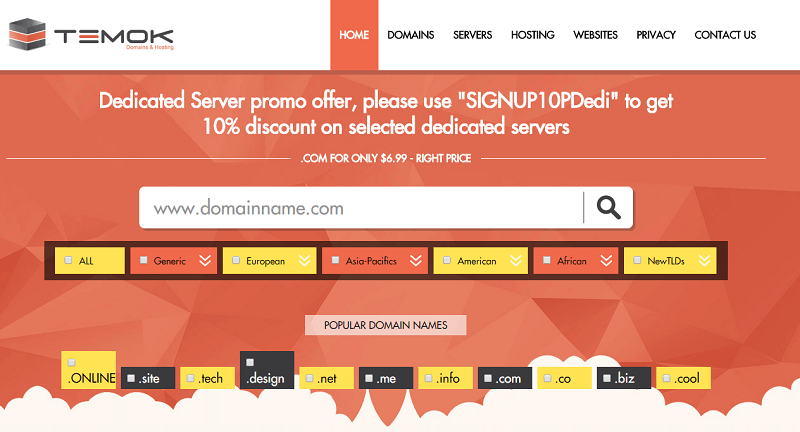
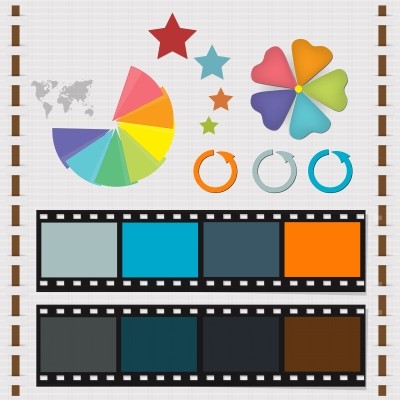


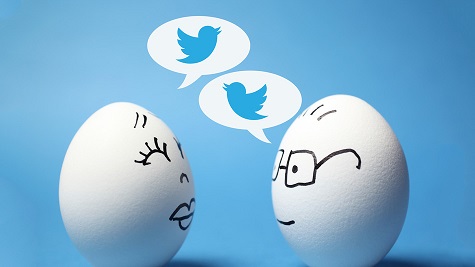

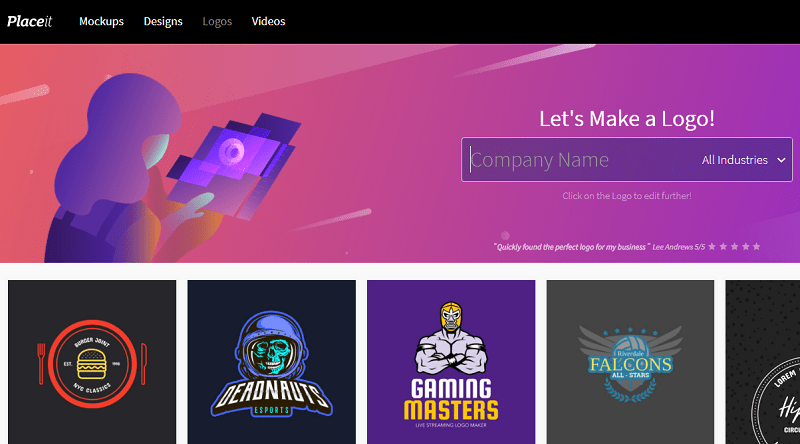


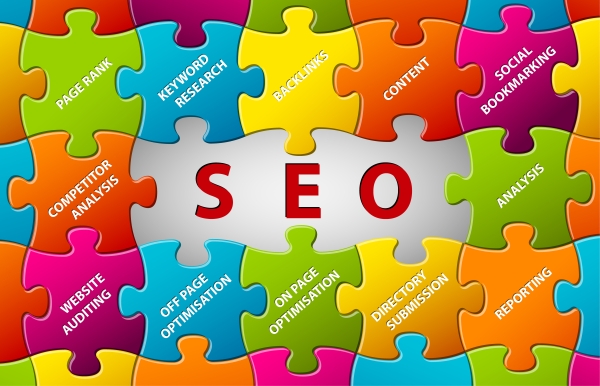
Great post Anna. Thanks for the brief. It gives a great blueprint to follow..
It’s really great to read this blog, Thank you for sharing.
Maria.
Twitter has worked for me as one of the biggest traffic sources and the amount of interaction is amazing.
Often times big accounts will share your tweets which lead to more traffic and followers.
Thanks for sharing this post. Really helpful.
Hi Anna, I am cheering Twitter on as the underdog to come out number one in the future. The use of video has become huge quickly and Periscope will help Twitter with that although you can do video on its own via Twitter too.
I’m glad you brought up moments, I have only used them once or twice briefly but I think they have a lot of potential for small businesses too.
Thank you for sharing about this Anna.